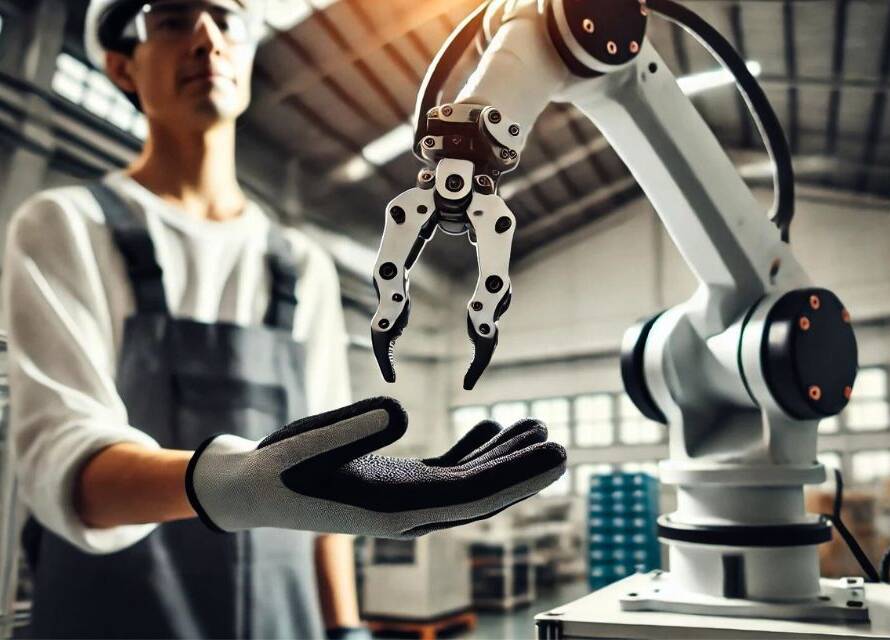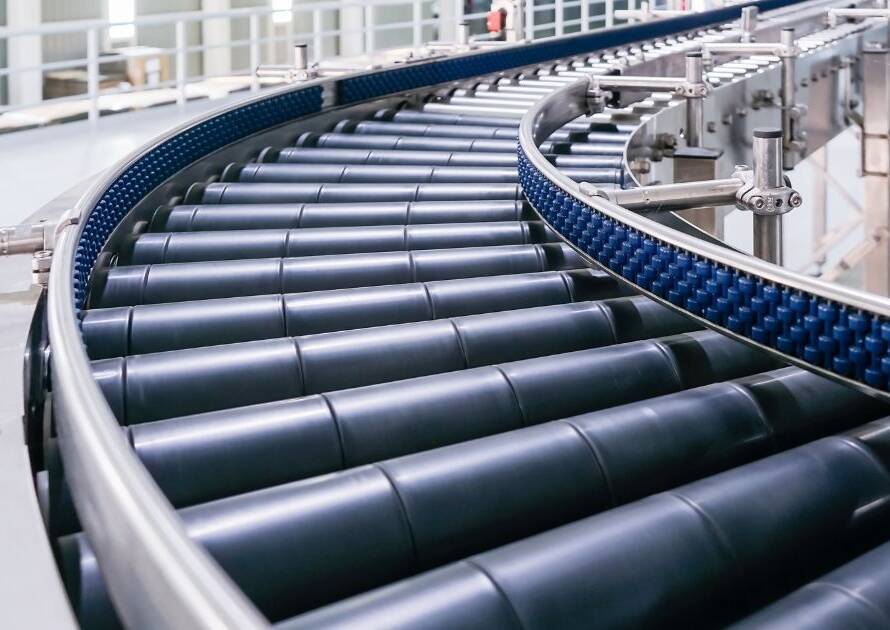As the manufacturing sector in the U.S. evolves, one pressing issue that demands our attention is the ageing workforce. A recent study published in the International Journal of Production Research highlights these trends and provides valuable insights into managing and leveraging the strengths of older workers. This shift in workforce demographics requires us to adopt strategic approaches to address unique challenges while capitalizing on the experience and expertise of our ageing employees.
Overcoming the Hurdles of an Aging Workforce
As workers age, they often experience a natural decline in physical and cognitive abilities, which can impact their performance, particularly in tasks requiring significant physical exertion or rapid mental processing. Additionally, the likelihood of workplace injuries and health issues tends to increase with age. Older employees might be more susceptible to conditions like back pain or joint issues, especially in roles that involve repetitive or strenuous activities.
Moreover, the rapid integration of advanced technologies in manufacturing, driven by Industry 4.0, presents a double-edged sword. While these technologies hold immense potential for reducing physical strain and enhancing productivity, they also require workers to adapt to new systems and tools. This transition can be particularly challenging for older employees who may find it difficult to keep pace with the constant technological advancements.
Tapping into the Strengths of Experienced Workers
Despite these challenges, there are significant opportunities for leveraging the strengths of an ageing workforce in the manufacturing sector.
One of the most valuable assets that older workers bring is their extensive experience and expertise. Their deep understanding of manufacturing processes and their ability to mentor younger employees can be invaluable, providing a wealth of knowledge that can enhance overall productivity and efficiency.
Additionally, the adoption of technological assistive devices can play a crucial role in mitigating the physical demands placed on older workers. Collaborative robots (cobots), exoskeletons, and smart tools are just a few examples of technologies that can help older employees perform their tasks more efficiently and with less physical strain.
Implementing Effective Strategies for an Aging Workforce
To effectively address the challenges and harness the opportunities presented by an ageing workforce, manufacturers need to adopt comprehensive strategies. Here are some key approaches:
- Inclusive Job Design: Redesigning jobs to be more inclusive of older workers’ capabilities is crucial. This might involve job rotation to reduce repetitive strain, modifying tasks to lower physical demands, and incorporating flexible work practices.
- Training and Development: Continuous training programs can help older employees keep pace with technological advancements. This not only boosts their confidence but also ensures they remain productive and engaged.
- Health and Wellness Programs: Implementing comprehensive health and wellness programs can help manage the specific health risks associated with ageing. Regular health check-ups, fitness programs, and ergonomic assessments can make a significant difference.
As a U.S.-based company with 30 years of experience, Source Machining Specialties specializes in helping U.S. manufacturers with their manufacturing needs in India. We’re so confident in our Indian production facilities that we invite you to a site audit at our expense. Discover more about our capabilities and services, and let’s start a conversation.



